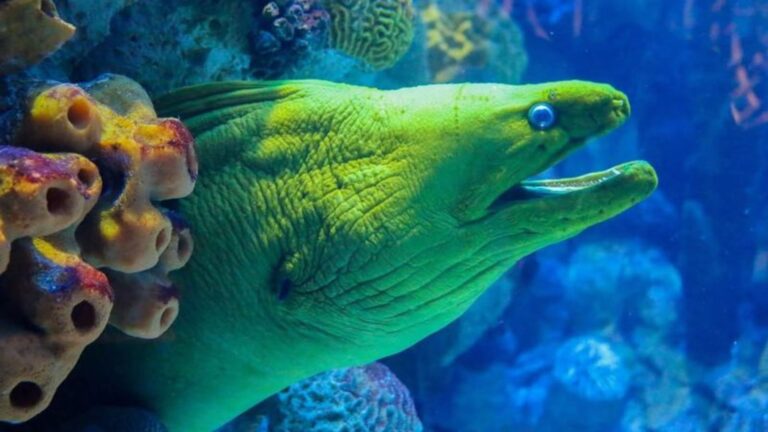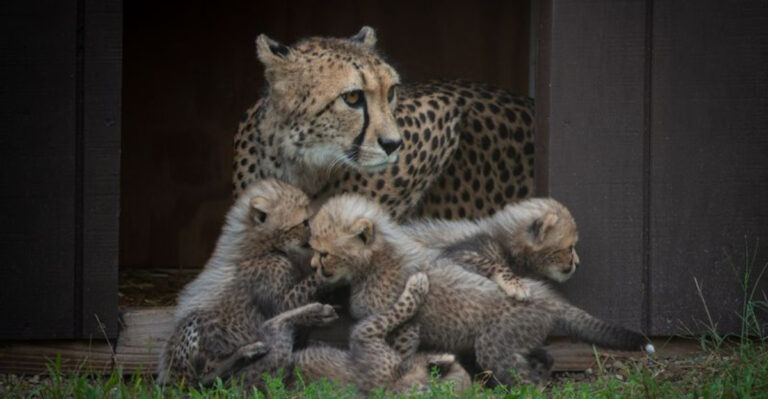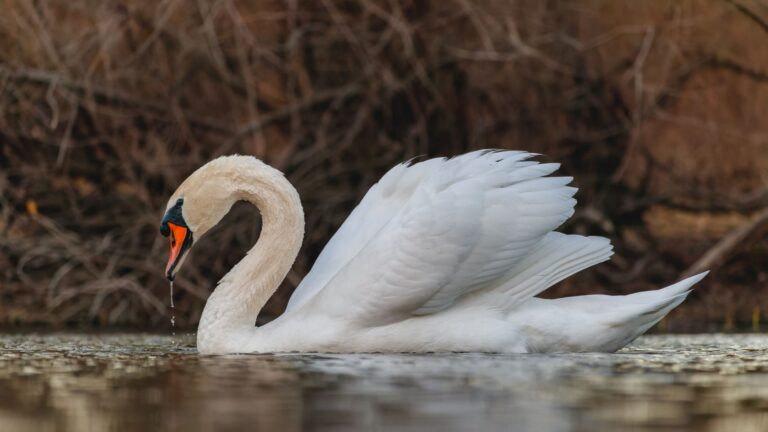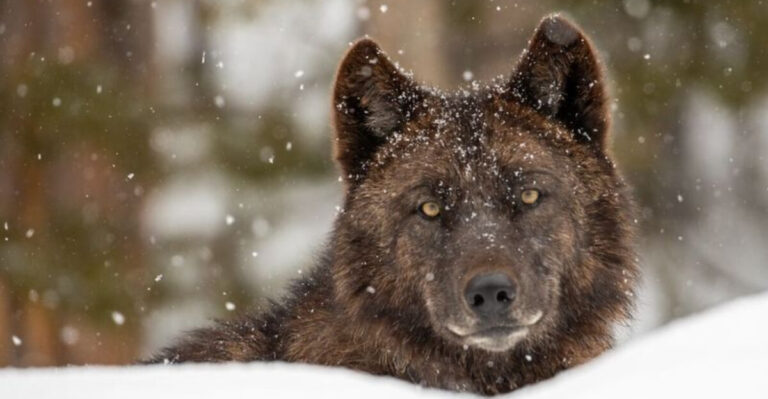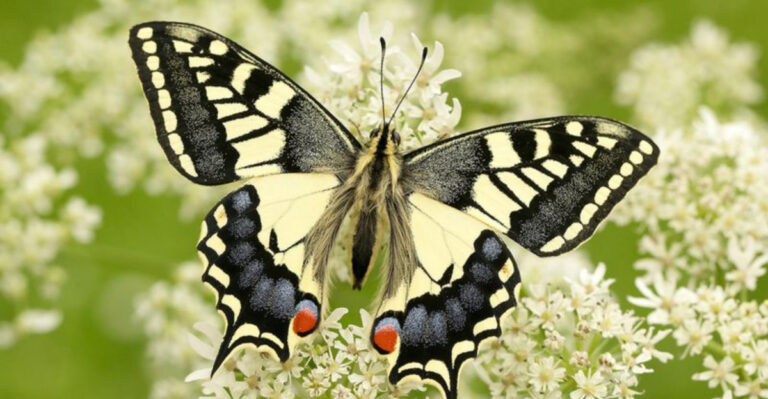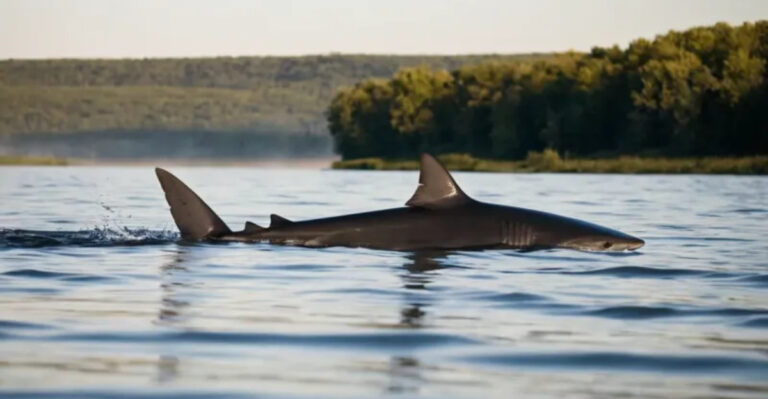15 Reasons Lions Are The Most Incredible Predators Of The Savannah
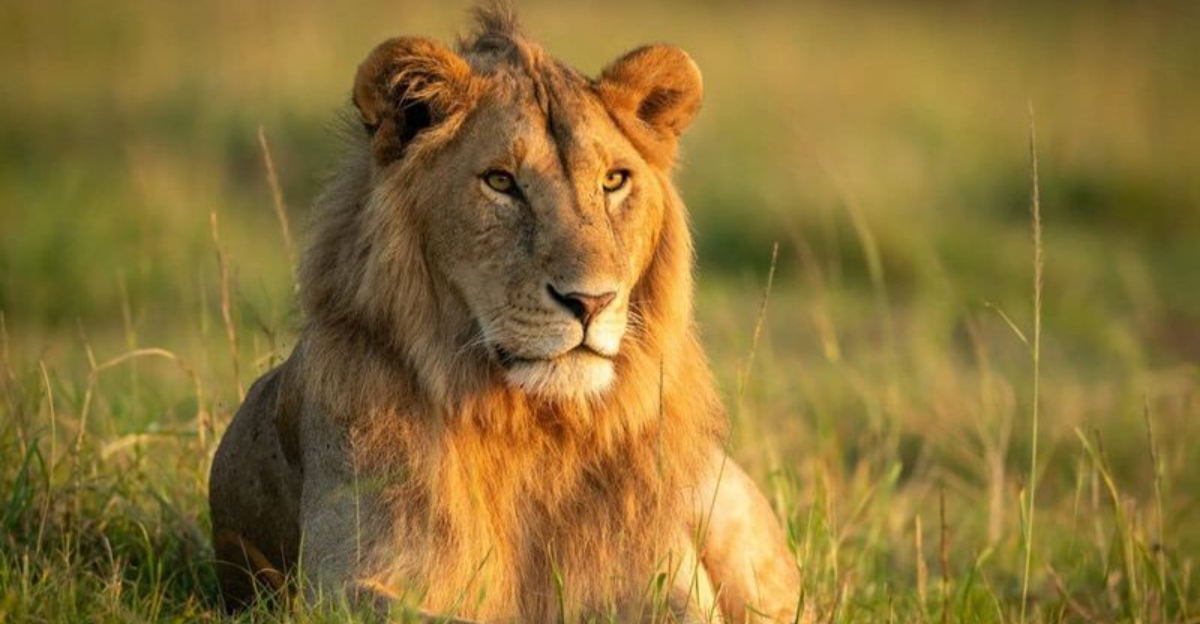
Ever heard the phrase “king of the jungle”? Well, lions don’t live in jungles, but they are indeed the rulers of the African savannah. Their roar can be heard up to five miles away, striking fear and awe into the heart of the wilderness.
What makes these magnificent creatures so fascinating and revered? Let’s explore unique reasons that showcase the lion’s prowess as the ultimate predator.
1. Majestic Mane

With a mane that glows like the African sun, male lions are unmistakably regal. This iconic feature isn’t just for show; it signifies strength and status. The fuller and darker the mane, the more intimidating the lion.
It’s like nature’s way of giving them a crown. Ever wondered why they’re considered kings? Now you know! The mane not only impresses but also helps in protecting these majestic creatures during fights.
2. Fearsome Roar
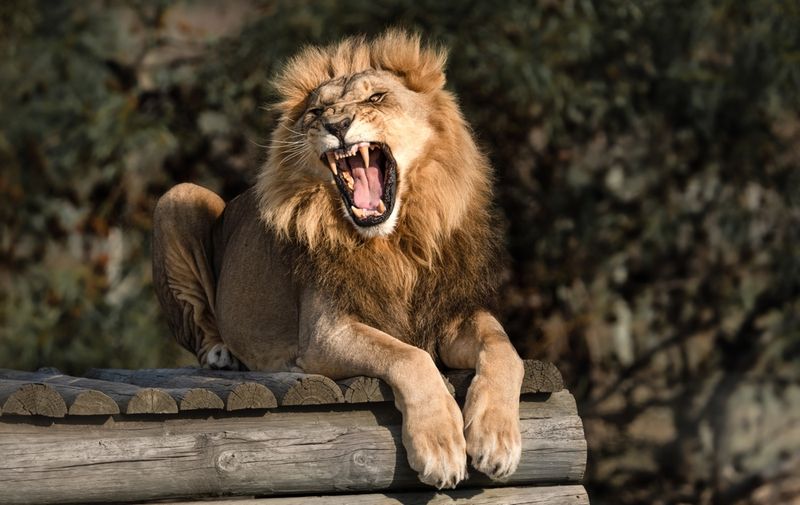
That spine-chilling roar isn’t just for theatrics. It’s a sonic boom that claims territory and warns intruders. Imagine a sound so powerful, it travels five miles across the plains.
If you ever hear it, you’ll understand why other animals tread lightly. It’s nature’s ultimate loudspeaker, a signal that the king is present and vigilant. This roar is communication, intimidation, and connection all rolled into one.
3. Strategic Hunters
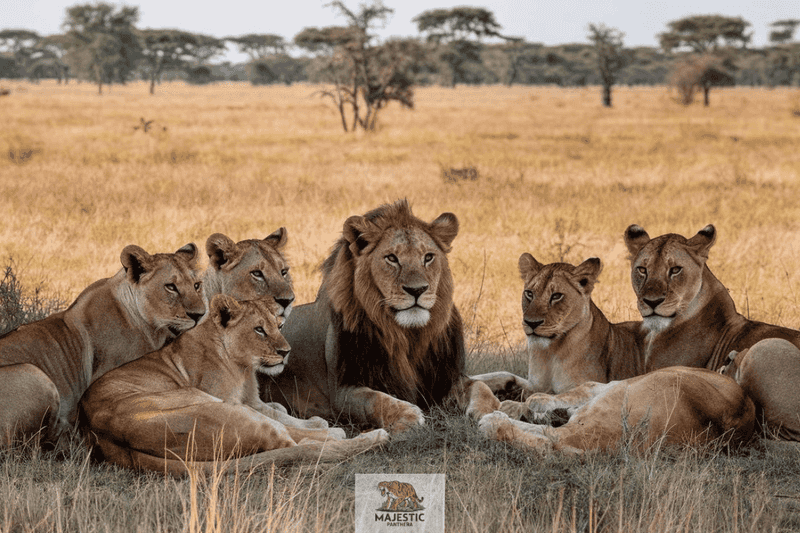
Lions are the chess grandmasters of the animal kingdom. Their hunting strategy is a blend of teamwork and patience. Females take the lead, using stealth and coordination to outsmart their prey.
It’s a ballet of power and precision, where each movement is calculated. It’s not just about strength but cunning too. Watching them hunt is like witnessing a well-rehearsed play, where every action has a purpose.
4. Social Structure

Lions are social creatures, thriving within the complex hierarchy of a pride. This tight-knit family unit is crucial for survival. Each member has a role, from nurturing the young to defending territory.
It’s a living, breathing community that teaches cooperation. The pride isn’t just a group; it’s a family sharing life’s challenges. Their social bonds are as strong as their roars, creating an unbreakable foundation.
5. Adaptable Diet

While they prefer large game like wildebeests or zebras, lions aren’t fussy eaters. Their diet is as diverse as the savannah itself. They adapt to whatever is available, showcasing their resilience.
This flexibility in dining makes them efficient, reducing the risk of starvation. It’s their ability to adjust that underscores their role as top predators. They feast on what the land provides, ensuring survival in harsh environments.
6. Night Vision
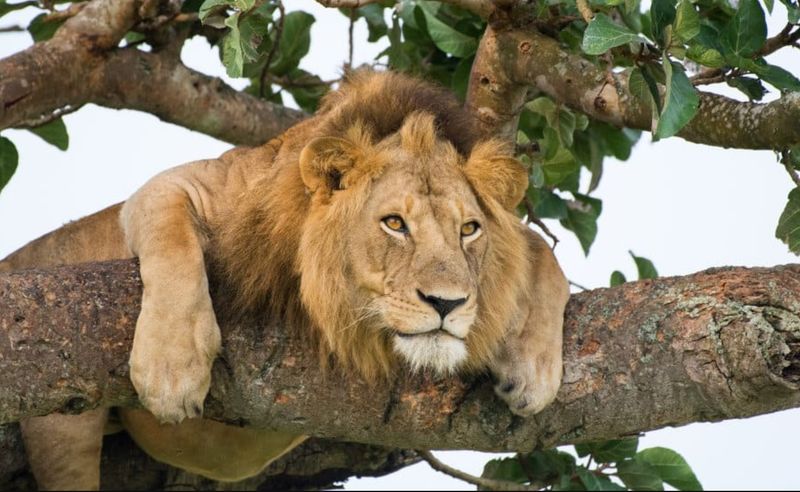
When the sun dips below the horizon, lions come alive with extraordinary night vision. Their eyes are adapted to detect even the slightest movement in the darkest hours.
This is when they become most active, stealthily navigating the night. Imagine seeing the world in shades of clarity others can’t fathom. This nocturnal advantage is what makes them formidable hunters, turning the cover of darkness into their playground.
7. Leadership Skills

Leadership isn’t just for humans. Lions exhibit strong leadership skills, often led by the dominant male. This role involves protection and decision-making for the pride.
Their ability to lead ensures the group’s cohesion and safety. It’s about more than being the biggest or strongest; it’s about strategy and wisdom. The leader is both a guardian and a guide, exemplifying what it means to truly be a king.
8. Playful Cubs
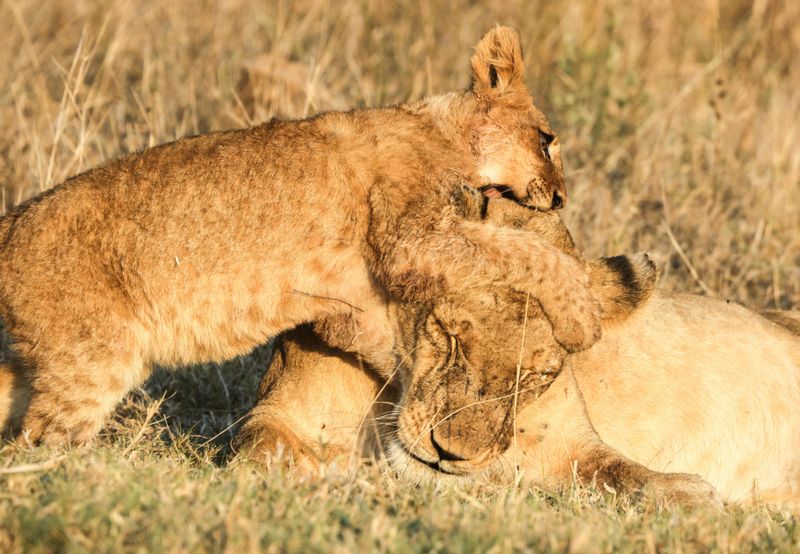
Even the mightiest predators start as playful cubs. These young lions are bundles of energy, exploring their world with curiosity and mischief. Their play is essential for developing hunting skills and social bonds.
It’s a childhood filled with learning and fun, where every pounce is practice for future hunts. Watching cubs at play is witnessing the next generation of rulers in training. Their innocence is as captivating as their future power.
9. Keen Senses
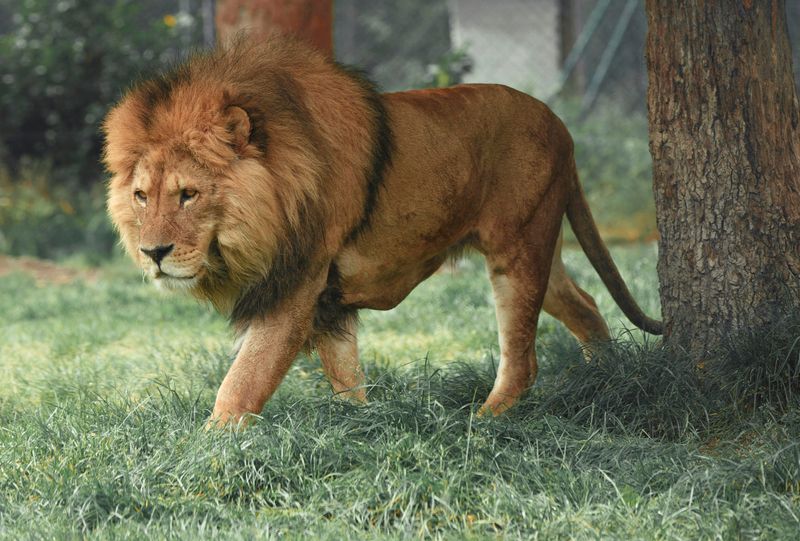
Lions have a sensory suite that rivals any superhero. Their keen senses of smell and hearing are crucial for detecting prey and danger.
They can hear the faintest rustle in the grass, pinpointing the source with precision. These abilities make them masters of their domain, always aware and alert. It’s their sensory prowess that keeps them a step ahead, embodying the perfect predator persona.
10. Impressive Speed
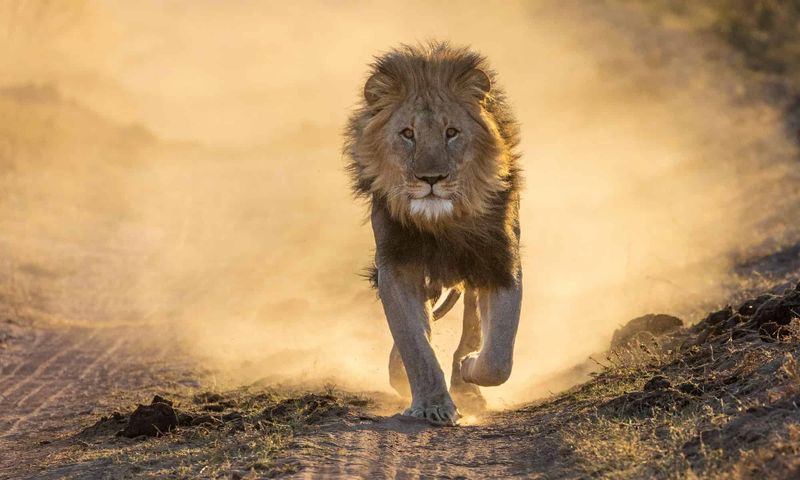
Think lions are all about brute strength? Think again! These big cats can sprint at speeds of up to 50 miles per hour. Their bursts of speed are like a swift wind sweeping across the plains.
It’s a short-lived sprint, but enough to close in on fleeing prey. This combination of speed and power makes them a formidable force. It’s the lion’s secret weapon, surprising prey with a sudden, rapid chase.
11. Resilient Nature
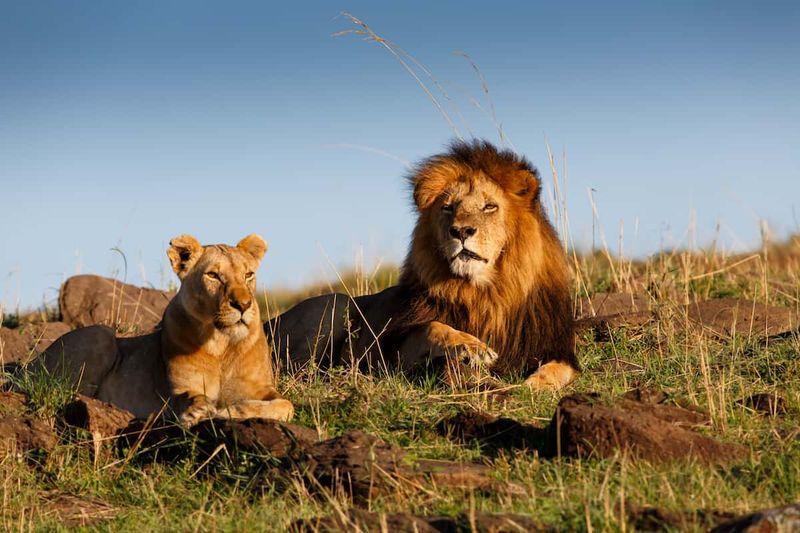
Lions embody resilience, thriving in the often unforgiving savannah. They endure the heat, drought, and competition. Their ability to adapt to these harsh conditions highlights their tenacity.
It’s not just about survival; it’s about conquering challenges with grace. The savannah is their kingdom, and they navigate it with unwavering determination. This resilience is what keeps them at the top of the food chain.
12. Communication Skills
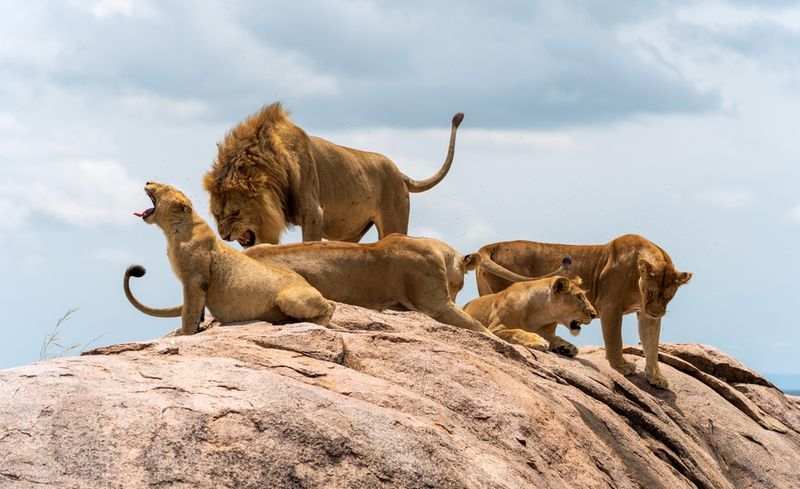
Lions are chatty creatures, using a variety of vocalizations and body language to communicate. From affectionate head rubs to mighty roars, they express themselves eloquently within the pride. This communication is key to maintaining harmony and teamwork.
It’s a complex language rooted in understanding and cooperation. The ability to convey emotions and intentions strengthens their social bonds, proving that even fierce predators have a soft side.
13. Protective Instincts
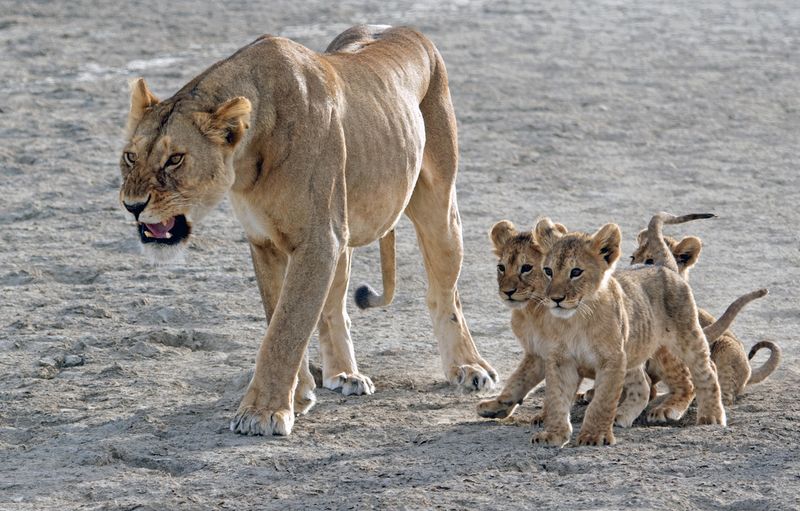
Beneath their fierce exterior lies a heart full of protective instincts. Lionesses are especially devoted mothers, always vigilant in safeguarding their cubs.
Their protection extends to the entire pride, creating a stronghold of security. It’s a maternal fierceness that ensures the pride’s future. This nurturing side showcases the depth of their social structure, where family comes first. It’s the softer side of power, rooted in love and duty.
14. Cultural Symbolism
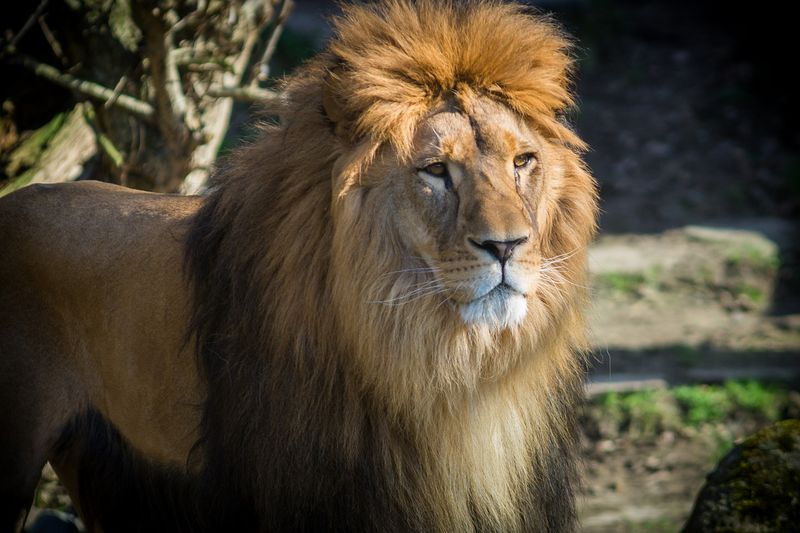
Lions have roared through history as symbols of courage and strength. From ancient myths to modern emblems, they embody power and majesty.
Their image graces flags, coats of arms, and literature, inspiring awe and reverence. It’s a cultural legacy that transcends borders and time. The lion’s role as a symbol reinforces its status as nature’s nobility. They’re not just animals; they’re icons of bravery and authority.
15. Survival Tactics
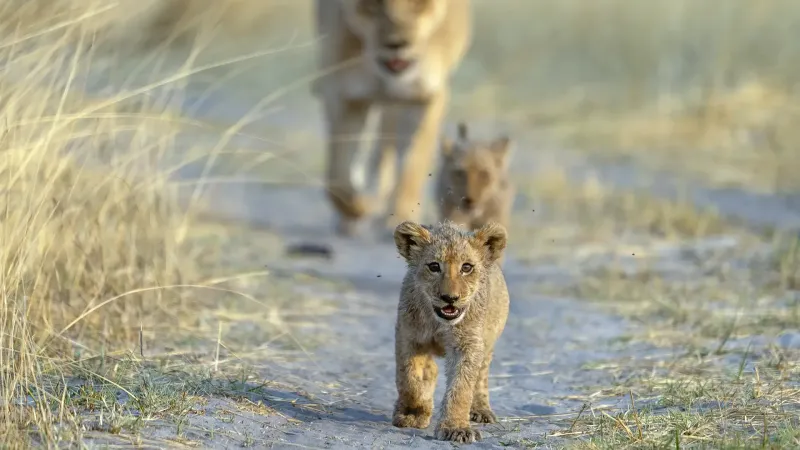
Survival in the savannah requires more than brute force—it’s about tactics. Lionesses pass down critical survival skills to their cubs, ensuring the pride’s legacy continues. It’s a blend of instinct and education, where each lesson counts.
These tactics include hunting techniques, defense strategies, and social dynamics. It’s a curriculum of life, taught under the vast African skies. This transfer of knowledge is the cornerstone of their enduring success.

